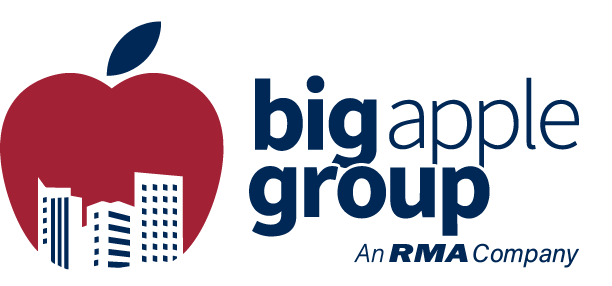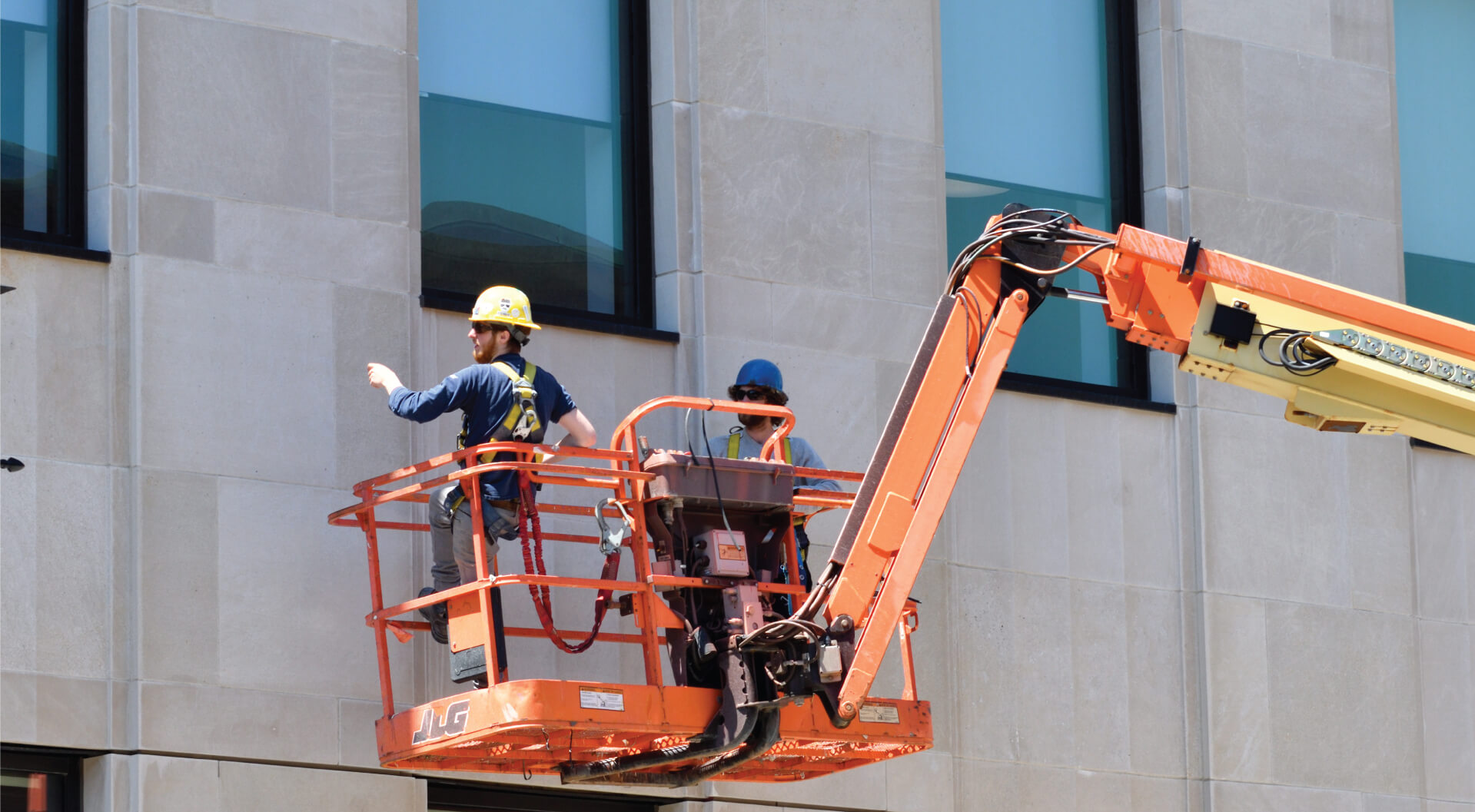

Special & Progress Inspections - TR1
- Architectural, Safety, & Fire Protection Inspections
- Structural Inspections
- Mechanical Insepctions, Electrical, Plumbing or MEP Inspections
- Geotechnical / Foundation Inspections
Architectural, Safety, & Fire Protection Inspections
- Fire-Resistant Penetrations and Joints (Firestopping)
- Sprayed Fire-Resistant Materials (Fireproofing)
- Mastic and Intumescent Fire-Resistant Coatings
- Fire-Resistance Rated Construction
- Smoke Control Systems
- Public Assembly Emergency Lighting
- Exterior Insulation and Finish Systems
- Flood Zone Compliance
Structural Inspections
- Structural Stability – Existing Buildings
- Structural Steel – Welding
- Structural Steel – Details
- Structural Steel – High-Strength Bolting
- Structural Cold-Formed Steel
- Concrete – Cast-In-Place
- Masonry
- Post-Installed Anchors – Formed Steel
- Structural Wood Frame
Mechanical Insepctions, Electrical, Plumbing or MEP Inspections
- Mechanical Systems
- Heating Systems
- Storm Water Drainage
- Sprinkler & Standpipe Systems
Geotechnical / Foundation Inspections
- Excavations – Sheeting, Shoring, Bracing
- Footings and Foundations
- Underpinning
- Subgrade
- Deep Foundation Elements (Pile Drilling/Grouting) (TR5)
- Helical Piles (TR5H)
- Subsurface Conditions – Backfilling
- Subsurface Investigations (Borings/Test Pits) (TR4)
Energy Inspection Services – TR8
- HVAC Inspections
- Lighting
- Envelope
HVAC Inspections
- Insulation and Sealing
- Equipment
- Systems Controls
- Shutoff Dampers
- Duct Leakage
- Maintenance Information
Lighting
- In Dwelling
- Interior
- Exterior
- Controls
- Electrical Energy Consumption
Envelope
- Fenestration U-Factor, Rating, and Leakage
- Insulation Placement and R Values
- Air Sealing and Insulation
- Vestibules
Structural Inspections - TR6
- Façade Inspection Safety Program (FISP)
- What happens during a FISP / Local 11 inspection?
Façade Inspection Safety Program (FISP)
The NYC Facade Inspection Safety Program (FISP), formerly known as Local Law 11, requires NYC buildings taller than six stories to have their facades inspected and repaired every five years. FISP, formerly known as Local Law 11, requires that owners of buildings taller than six stories have exterior walls and appurtenances inspected every five years. FISP is designed to ensure pedestrian safety by prevent bricks, concrete and other façade elements from falling on pedestrians.
What happens during a FISP / Local 11 inspection?
Before any exterior wall for any building is critically examined, Big Apple Group will carefully review the most recent report and any available previous reports on the property. Big Apple Group will design an inspection program for the specific building to be inspected based on the considerations of the type of construction of the building’s envelope, age of the material components, the façade’s specific exposure to environmental conditions and the presence of specific details and appurtenances. During the course of the critical examination, photographs shall be taken and/or sketches made to properly document the location of all conditions observed that are unsafe.
Materials Inspections Laboratory
- Slip Resistance Testing
- Shear Testing
- Anchor Bolt Pull Test
- Mechanical Load Testing
Slip Resistance Testing
ASTM E303-93(2018) – Standard Test Method for Measuring Surface Frictional Properties Using British Pendulum Tester
Shear Testing
- ASTM D732 — Shear Strength Test for Plastics
- ASTM D3846 — Shear Strength of Reinforced Plastics
- ASTM D2344 — Short Beam Shear Testing
- ASTM D3518 — Shear Response of Polymer Matrix Composite Materials
- ASTM D3164 — Shear by Tension Loading
- ASTM D1002 — Lap Shear Strength of Adhesively Bonded Material Specimens
- ASTM D3163 — Lap Shear Strength Test of Adhesively Bonded Plastics
- ASTM D5868 — Lap Shear Adhesion Test for Fiber Reinforced Plastics (FRP)
- ASTM F606 — Single Shear Test of Threaded Fasteners
- ISO 13445 — Block-Shear Method for Shear Strength of Adhesive Bonds between Rigid Substrates
- ISO 4587 — Tensile Lap-Shear Strength of Rigid-to-Rigid Bonded Assemblies
- NASM 1312-13 — Fastener Test Methods for Double Shear Tests
- NASM 1312-20 — Fastener Test Methods for Single Shear Test
Anchor Bolt Pull Test
- ASTM D4435 — Standard Test Method for Rock Bolt Anchor Pull Test
- ASTM C900 — Standard Test Method for Pullout Strength of Hardened Concrete
Mechanical Load Testing
Tensile Tests — When a sample is subject to controlled tension until failure. It measures tensile strength along with maximum elongation and reduction in area.
Compression Tests — When a sample is subjected to a compressive force to determine the material’s crush resistance during a defined time period.
Shear Tests — Determines the maximum shear stress a component can handle before a sliding failure occurs on the plane of an object that is perpendicular to the direction of force.
Bending Tests — This process measures the ductility(elasticity) and strength of a material. Once the bend is completed to the desired angle the product is inspected for cracks on the outer surface.
Fatigue Tests — A method used to measure a material’s behavior under fluctuating stresses or strains. This cyclic series of tests simulate working conditions where materials or components undergo cyclic forces.
Facture Toughness — The ability of a material to withstand static propagation of a fatigue under know loading conditions
Impact Testing — The ability of a material to absorb energy at high strain rates.
Bond Strength Tests — This process determines the stress/load required to cause an adhesive bond rupture between two materials. This test can easily be performed in the field or lab environment.
Proof Tests — When a structure or component is required to demonstrate that it’s capable of bearing a specific safe working load.




